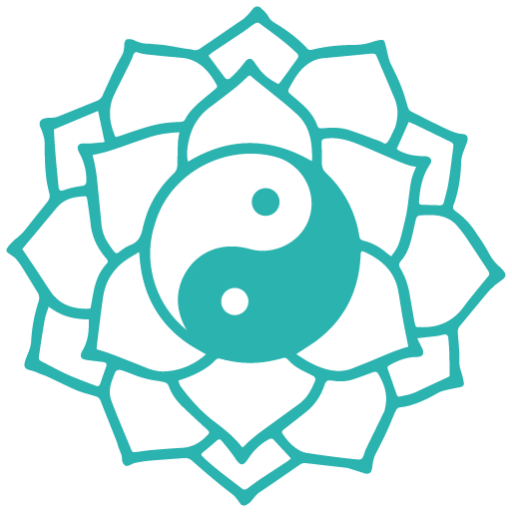We often perceive pain as an unwelcome intruder, a disruptive force that derails our lives and leaves us feeling vulnerable. We instinctively recoil from it, seeking comfort and escape. Yet, within the depths of pain lies a profound opportunity for transformation, a chance to forge resilience, gain clarity, and discover a deeper understanding of ourselves. To truly harness this potential, we must learn to approach pain not as an enemy, but as a teacher.
Let’s explore this concept through the powerful acronym “PAIN”: Pay attention, Align inward, Introspect, Now.
P – Pay Attention: The Language of Discomfort
Pain, whether physical, emotional, or mental, is a signal. It’s the body and mind’s way of communicating that something is amiss. To ignore it is to silence a vital messenger. The first step towards transforming pain is to pay attention. This means acknowledging its presence without judgment, observing its nuances, and understanding its specific language.
Instead of immediately reaching for distractions or numbing agents, take a moment to sit with the discomfort. Where does it manifest? What are its characteristics? Is it a sharp, piercing sensation, or a dull, throbbing ache? Is it a wave of anxiety, or a persistent feeling of sadness?
Paying attention also requires us to listen to the stories our pain tells. A physical pain might reveal a need for rest or a change in lifestyle. An emotional pain might point to unresolved issues or unmet needs. By attentively observing the details of our pain, we begin to decipher its message and understand its underlying causes.
A – Align Inward: Shifting the Focus
In our external-focused world, we often seek solutions outside ourselves. We look for external validation, material possessions, or fleeting pleasures to alleviate our pain. However, true healing and transformation come from aligning inward, from turning our attention to the internal landscape of our being.
This inward alignment involves cultivating self-awareness, connecting with our emotions, and exploring the depths of our inner world. It means creating space for introspection, quiet reflection, and self-compassion.
Instead of seeking external distractions, we can practice mindfulness, meditation, or journaling to connect with our inner selves. We can explore our values, beliefs, and aspirations, and identify any misalignments that may be contributing to our pain.
Aligning inward also requires us to cultivate self-compassion. To treat ourselves with kindness and understanding, especially during times of suffering. To acknowledge our vulnerability, accept our imperfections, and offer ourselves the same empathy we would extend to a dear friend.
I – Introspect: The Journey of Self-Discovery
Introspection is the process of examining our thoughts, feelings, and experiences with a curious and non-judgmental mind. It’s a journey of self-discovery, a quest to understand the deeper layers of our being.
Through introspection, we can identify patterns of behavior, limiting beliefs, and unresolved traumas that may be contributing to our pain. We can explore the roots of our suffering, trace its origins, and understand its underlying causes.
This process requires courage and vulnerability. It means confronting our shadows, acknowledging our vulnerabilities, and embracing the full spectrum of our human experience.
Introspection can be facilitated through various practices, such as journaling, therapy, or guided meditation. By delving into the depths of our inner world, we can gain valuable insights into our true selves and unlock our potential for growth and healing.
N – Now: Embracing the Present Moment
Pain often pulls us into the past, where we dwell on regrets and missed opportunities, or into the future, where we anticipate anxieties and uncertainties. However, true transformation occurs in the present moment.
“Now” reminds us to anchor ourselves in the present, to fully experience the reality of our current situation without judgment or resistance. It’s about accepting what is, without wishing it were different.
By embracing the present moment, we can cultivate a sense of peace and equanimity, even in the midst of pain. We can learn to observe our thoughts and feelings without getting carried away by them.
“Now” also highlights the importance of taking action in the present. To use our pain as a catalyst for positive change, to make conscious choices that align with our values and aspirations.
Instead of waiting for the pain to subside, we can use it as a springboard for growth. We can identify the lessons it offers, learn from our experiences, and emerge stronger and wiser.
The Alchemy of Transformation
By embracing the “PAIN” acronym, we can transform our suffering into a powerful catalyst for growth and self-discovery. We can learn to pay attention to the language of discomfort, align inward with our true selves, introspect to uncover the roots of our suffering, and embrace the present moment with acceptance and courage.
Pain, when approached with awareness and intention, can become a powerful teacher, guiding us towards a deeper understanding of ourselves and a more fulfilling life. It’s not about eliminating pain entirely, but about changing our relationship with it. It’s about recognizing that within the depths of suffering lies the potential for profound transformation, a chance to forge resilience, cultivate compassion, and discover the true strength of our human spirit.


